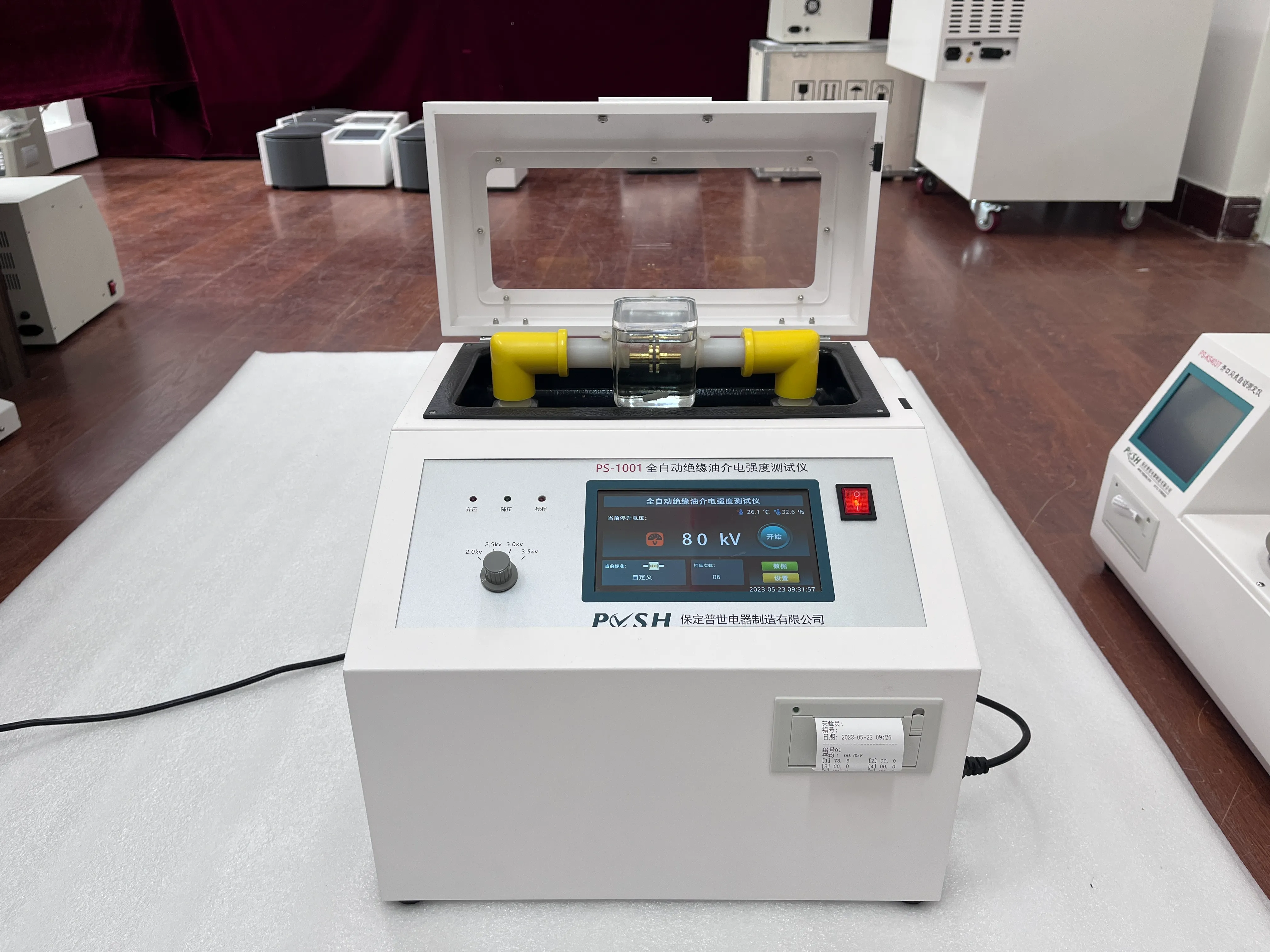 English
English


Evaluating Power Quality Through Harmonic Analysis Techniques and Their Impact on Electrical Systems
The Importance of Harmonic Analyzers in Power Quality Management
In today's world, where electrical systems and power quality significantly influence operational efficiency and system reliability, understanding and mitigating harmonic distortion is crucial. Harmonic analyzers are essential tools in monitoring and improving power quality, ensuring that electrical equipment operates optimally and sustainably.
Understanding Harmonics
Harmonics are voltage or current waveforms that deviate from the fundamental frequency of a power system, typically 50 or 60 Hz, contributing to a distorted waveform. These distortions arise from non-linear loads such as computers, LED lighting, variable frequency drives (VFDs), and other equipment that draws current in a non-sinusoidal manner. When these harmonics are present in a system, they can cause various problems, including overheating of equipment, increased losses in power systems, malfunction of sensitive devices, and even failure of transformers.
Role of Harmonic Analyzers
Harmonic analyzers play a pivotal role in identifying and quantifying these distortions. They measure the voltage and current waveforms in electrical systems and perform a thorough analysis of the harmonic content. By providing detailed metrics such as Total Harmonic Distortion (THD), individual harmonic orders, and phase relationships, these devices help electrical engineers and technicians assess the quality of power.
The data generated by harmonic analyzers are crucial for implementing corrective measures. For instance, if a power system exhibits high levels of THD, engineers can investigate and identify the specific sources of harmonic distortion. This process often involves using filters—passive, active, or hybrid—to mitigate the effects of these harmonics.
Benefits of Using Harmonic Analyzers
harmonic analyzer in power quality

1. Enhanced System Reliability Regular monitoring of power quality allows for early detection of potential issues stemming from harmonic distortions. By addressing these problems proactively, organizations can prevent costly downtime and prolong the life of their equipment.
2. Improved Energy Efficiency High levels of harmonics can lead to increased energy consumption due to additional heating in conductors and equipment. By managing harmonic levels, companies can enhance the overall efficiency of their electrical systems, leading to lower energy costs and a reduced carbon footprint.
3. Regulatory Compliance Various industries are subject to regulatory standards regarding power quality, such as IEEE 519 in the United States. Using harmonic analyzers helps organizations ensure compliance with these standards, preventing penalties and enhancing their reputation.
4. Data-Driven Decisions The detailed insights provided by harmonic analyzers enable organizations to make informed decisions regarding system upgrades, replacements, and maintenance strategies. Such data-driven approaches ultimately lead to better management of electrical resources.
Conclusion
In an era where optimal power quality is paramount for operational effectiveness and sustainability, harmonic analyzers serve as essential instruments in the electrical engineering toolkit. They empower businesses to identify, analyze, and correct harmonic distortion issues, enhancing the reliability and efficiency of power systems. As technology continues to evolve, the role of harmonic analyzers will become even more significant, helping industries adapt to increasingly complex electrical environments and supporting the transition towards smarter, more resilient power systems.
Investing in harmonic analysis not only secures a stable power supply but also promotes a more sustainable future, highlighting the synergy between technology and environmental stewardship in modern power management practices.
-
Differences between open cup flash point tester and closed cup flash point testerNewsOct.31,2024
-
The Reliable Load Tap ChangerNewsOct.23,2024
-
The Essential Guide to Hipot TestersNewsOct.23,2024
-
The Digital Insulation TesterNewsOct.23,2024
-
The Best Earth Loop Impedance Tester for SaleNewsOct.23,2024
-
Tan Delta Tester--The Essential Tool for Electrical Insulation TestingNewsOct.23,2024





